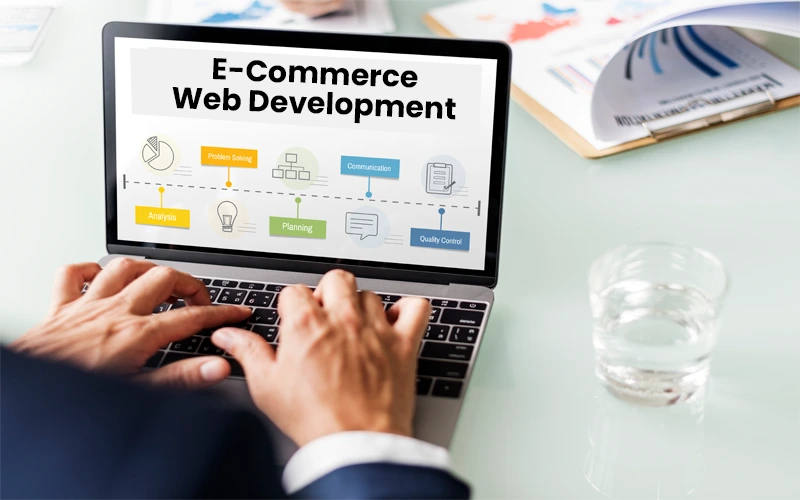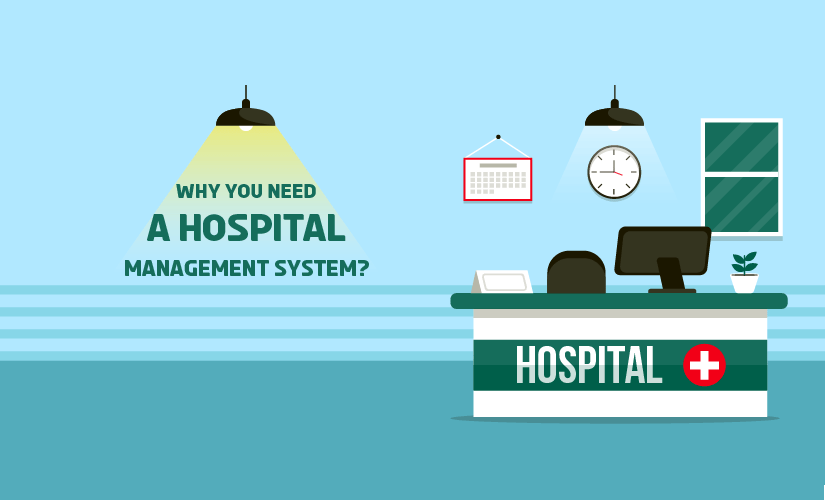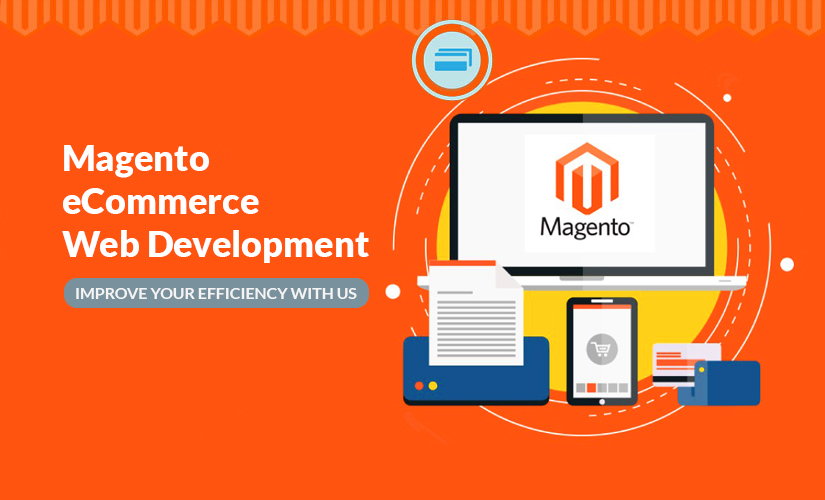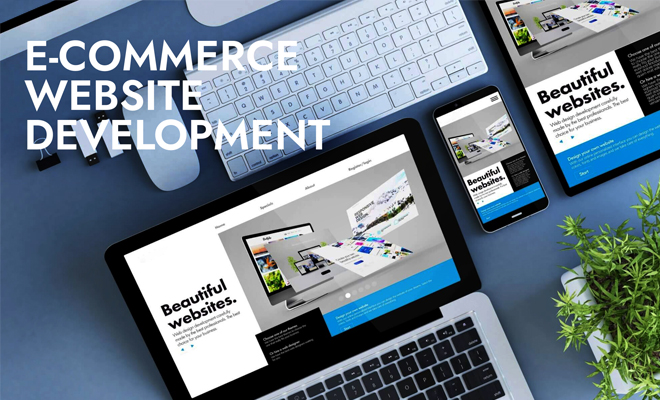Ecommerce Website Development: A Definitive Guide for 2025
In today’s digital-first world, a powerful ecommerce website is more than a luxury—it’s a necessity. Whether you’re an entrepreneur building your first online store or a company aiming to expand your digital reach, understanding the nuances of ecommerce website development can set your business on a path to success. This guide provides insights, tips, and practical strategies to create a winning ecommerce site in 2025.

What Is Ecommerce Website Development?
Ecommerce website development is the process of designing, creating, and launching an online store that allows businesses to sell products or services directly to customers. This development involves coding, user experience (UX) design, product catalog management, payment gateway integration, and security measures—all tailored to drive conversions and improve the user journey.
Why Ecommerce Website Development Matters in 2025
In the digital age, an ecommerce website functions as the backbone of a business. By 2025, online shopping is expected to account for nearly 25% of global retail sales. This shift to online purchasing makes it essential for businesses to optimize their sites not just for functionality but also for user experience and search engine visibility. Effective ecommerce development can create a seamless shopping experience that keeps customers coming back.
Key Features of an Effective Ecommerce Website
- User-Friendly Design
User-friendliness is paramount. Customers expect intuitive navigation, clear product categorization, and minimal distractions. Responsive design is also essential to provide a smooth shopping experience across all devices, whether desktop or mobile. - Product Pages with High-Quality Visuals
Product pages are the heart of ecommerce. Invest in high-quality visuals, videos, and comprehensive descriptions. When customers can see products in detail, they are more likely to make a purchase. - Secure Payment Gateway
A secure payment gateway protects customer data and ensures a trustworthy checkout experience. Choose a reliable provider like Stripe, PayPal, or a localized gateway if you’re targeting a specific market. - Fast Load Speed
Page load speed affects both user experience and SEO. Studies show that a one-second delay can decrease conversions by 7%. Optimize images, reduce scripts, and use a Content Delivery Network (CDN) to ensure fast loading. - SEO Optimization
SEO is essential to drive organic traffic. Use targeted keywords, structured data, meta tags, and alt tags on images to make your website more discoverable on search engines like Google.

How to Build an Ecommerce Website: The 2025 Guide
Building a top-notch ecommerce website involves multiple stages, from planning to execution. Here’s a step-by-step guide to creating a winning ecommerce site in 2025.
Step 1: Define Your Ecommerce Goals
Start by identifying your objectives. Are you building a site to sell a specific product, create brand awareness, or reach a new audience? Defining your goals helps determine the structure, design, and functionality of your ecommerce site.
Step 2: Choose the Right Ecommerce Platform
Selecting the right platform is key. Popular options include Shopify, WooCommerce, and Magento. Each platform has its pros and cons, so pick one that aligns with your business needs. For instance:
- Shopify is user-friendly and ideal for small to medium-sized businesses.
- WooCommerce integrates seamlessly with WordPress, making it versatile and customizable.
- Magento is robust and ideal for larger enterprises that need extensive customization options.
Step 3: Design an Engaging User Interface (UI)
Your website’s design can make or break customer engagement. Invest in a visually appealing yet functional design. Here are a few design principles:
- Keep it Simple: A clean, uncluttered layout helps users focus on your products.
- Brand Consistency: Use consistent fonts, colors, and logos to reinforce your brand identity.
- Clear Call-to-Actions (CTAs): Make it easy for customers to navigate and take action with prominent, strategically placed CTAs.
Step 4: Implement SEO Best Practices
For an ecommerce website to attract organic traffic, SEO optimization is crucial. Here are some SEO tips to follow:
- Keyword Research: Use relevant keywords like “Ecommerce Website Development” and “E-commerce Website Development services.”
- Optimize Product Pages: Each product page should have a unique title, meta description, and URL.
- Internal Linking: Link related products and categories to improve user experience and SEO ranking.
- Structured Data Markup: Use schema markup to make product details more discoverable by search engines.
Step 5: Add Essential Ecommerce Integrations
Integrate essential ecommerce features that improve user experience and backend operations:
- Inventory Management Systems: For efficient stock tracking.
- CRM Software: Customer Relationship Management tools help maintain customer information.
- Email Marketing: Use integrations with platforms like Mailchimp or Klaviyo to reach customers effectively.
Ecommerce Website Development Services: What to Expect
When you partner with an ecommerce website development company, you get access to professional services that cover everything from UX/UI design to SEO optimization. A well-established company can provide:
- Custom Website Design: Tailored to your brand and customer needs.
- Mobile Optimization: Ensures a seamless experience across devices.
- Payment Gateway Integration: Secures customer transactions.
- Analytics and Performance Tracking: Monitors website performance for continuous improvement.
In Bangladesh, for example, ecommerce website development companies are providing tailored solutions at competitive prices. This is an attractive option for businesses looking to outsource development to skilled professionals.
Top Technologies Used in Ecommerce Website Development
In 2025, ecommerce sites are driven by cutting-edge technologies. Here are some of the top tools and trends shaping the future of ecommerce development:
- Artificial Intelligence (AI) and Machine Learning
AI powers personalization, product recommendations, and customer service chatbots, creating a more engaging shopping experience. - Progressive Web Apps (PWAs)
PWAs offer a mobile-app-like experience on web browsers, helping brands reach mobile customers without a dedicated app. - Augmented Reality (AR)
AR allows customers to visualize products in real-time, a feature particularly popular in furniture, clothing, and beauty sectors. - Voice Search Optimization
With the growth of smart speakers, optimizing for voice search is becoming essential in ecommerce SEO strategies.
Common Challenges in Ecommerce Website Development
Building a successful ecommerce website doesn’t come without hurdles. Some common challenges include:
- Ensuring Security and Data Protection
Protecting customer information is crucial. Use secure HTTPS protocols and invest in regular security audits. - Managing High Traffic and Scaling
As your business grows, so does your traffic. Your website should be scalable to handle increased demand without performance issues. - User Retention
Keeping users engaged is a continuous effort. Use strategies like email marketing, loyalty programs, and personalized recommendations to encourage repeat visits.

How Much Does Ecommerce Website Development Cost?
The cost of developing an ecommerce website varies widely based on the complexity of the project, platform choice, and developer expertise. A basic website may cost around $5,000–$10,000, while a complex, feature-rich site could exceed $50,000. It’s wise to request a detailed quote from a development company to understand all costs involved.
Best Practices for Optimizing Ecommerce Website Performance
A high-performance ecommerce website is critical to improving conversions. Here are some best practices to consider:
- Optimize Images and Media
Use compressed images and lazy loading to reduce page load time. - Minimize HTTP Requests
Simplify your page design to reduce the number of requests made to the server. - Use a Content Delivery Network (CDN)
CDNs improve loading speed by serving content from locations closest to the user. - Cache Static Content
Caching allows frequently requested content to load faster, reducing server strain.
The Future of Ecommerce Website Development
The future of ecommerce looks bright, with emerging technologies making online shopping even more accessible and convenient. The trends of AI, voice search, and mobile-first design are set to dominate. Companies investing in these innovations today will have a competitive advantage as they capture the attention of tech-savvy consumers.
Conclusion
Creating a successful ecommerce website in 2025 requires a well-planned development strategy, a focus on user experience, and the integration of the latest technology. Whether you’re handling development in-house or hiring an ecommerce website development company, understanding the fundamentals can guide you toward a site that drives growth and keeps customers coming back.
FAQs
1. How long does it take to build an ecommerce website?
Development time can vary, but typically a basic site takes around 4–8 weeks, while more complex sites may take several months.
2. What is the best ecommerce platform for beginners?
Shopify is often recommended for beginners due to its ease of use and robust support.
3. How much does it cost to maintain an ecommerce website?
Maintenance costs vary but typically range from $500 to $2,000 per month, depending on the site’s complexity.
4. What is the role of SEO in ecommerce?
SEO helps drive organic traffic by improving the website’s visibility on search engines, which is essential for increasing sales.
5. Can I handle ecommerce website development on my own?
If you have technical skills, you can use platforms like Shopify or WooCommerce.












